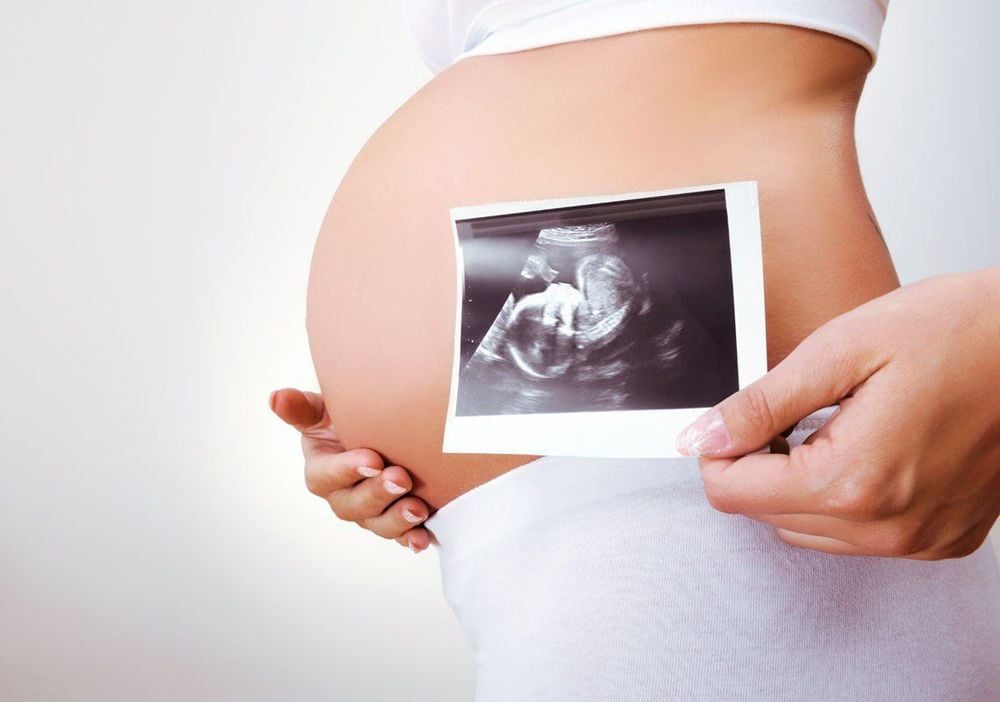This is an automatically translated article.
The article was professionally consulted by Specialist Doctor I Le Hong Lien - Department of Obstetrics and Gynecology - Vinmec Central Park International General Hospital. Doctor Lien has over 10 years of experience as a radiologist in the Department of Ultrasound at the leading hospital in the field of obstetrics and gynecology in the South - Tu Du Hospital.Amniotic fluid embolism is a rare but extremely dangerous gynecological complication, and has a mortality rate as high as 80%. Currently, amniotic fluid embolism cannot be prevented and there is no effective treatment.
1. What is amniotic fluid embolism?
Amniotic fluid embolism is a phenomenon in which amniotic fluid, fetal cells, hair, hair or other tissue fragments enter the mother's circulatory system, leading to acute respiratory and circulatory failure in pregnant women. pregnancy, even amniotic fluid embolism causes the risk of death for pregnant women.Risk factors for amniotic fluid embolism such as:
Women over 35 years of age and their babies are at higher risk than their babies. Caesarean section, lower birth canal with forcep intervention, scissors, amniocentesis. Polyhydramnios, multiple pregnancy (womb is too large), stillbirth, placenta previa, placental abruption, preeclampsia, umbilical cord prolapse... Injury to the uterus or cervix. Amniotic fluid embolism usually occurs during labor but can also occur during cesarean section, miscarriage, abdominal trauma, amniocentesis, and can even occur after delivery, after cesarean section.
Timing of amniotic fluid embolism depends on the case:
12% of cases occur when the amniotic membrane is intact 70% occur during labor 19% occur during cesarean section when labor is already in progress or not have labor. 11% occurred after vaginal delivery.
2. Amniotic fluid embolism symptoms

Even, pregnant women have cardiac arrest, stop breathing in the first minute and die within 2-3 hours. The most dangerous thing is that the rate of pregnant women dying within the first hour after the onset of symptoms is up to 50%.
Besides, about 40% of pregnant women can overcome the initial period of symptom onset and then begin to have bleeding in many places due to uterine atony and scattered blood clots in the lumen. circuit. This phenomenon is equally dangerous because bleeding from the uterus cannot be stopped, which leads to pulmonary edema.
3. Complications of amniotic fluid embolism
Because complications often occur suddenly and progress very quickly, most patients die. In case the fetus has not been delivered, most cannot be saved in time, the doctor can operate immediately to save the fetus, but the risk is great.Mental and motor consequences for mother and child due to cerebral hypoxia
Sheehan's syndrome causes heavy bleeding leading to partial or complete necrosis of the anterior pituitary gland causing hypopituitarism, manifested by signs of infertility menstruation, hair loss, hair loss, hypothyroidism, adrenal insufficiency, milk loss. Some other complications: a lot of blood loss affects the health and mental health of pregnant women, which can lead to liver failure, kidney failure, multi-organ failure, blood clotting disorders and easy postpartum infections. In addition, the use of blood transfusions to treat postpartum bleeding increases the risks and complications of blood transfusion.
4. Prevention of amniotic fluid embolism during pregnancy

Please dial HOTLINE for more information or register for an appointment HERE. Download MyVinmec app to make appointments faster and to manage your bookings easily.














